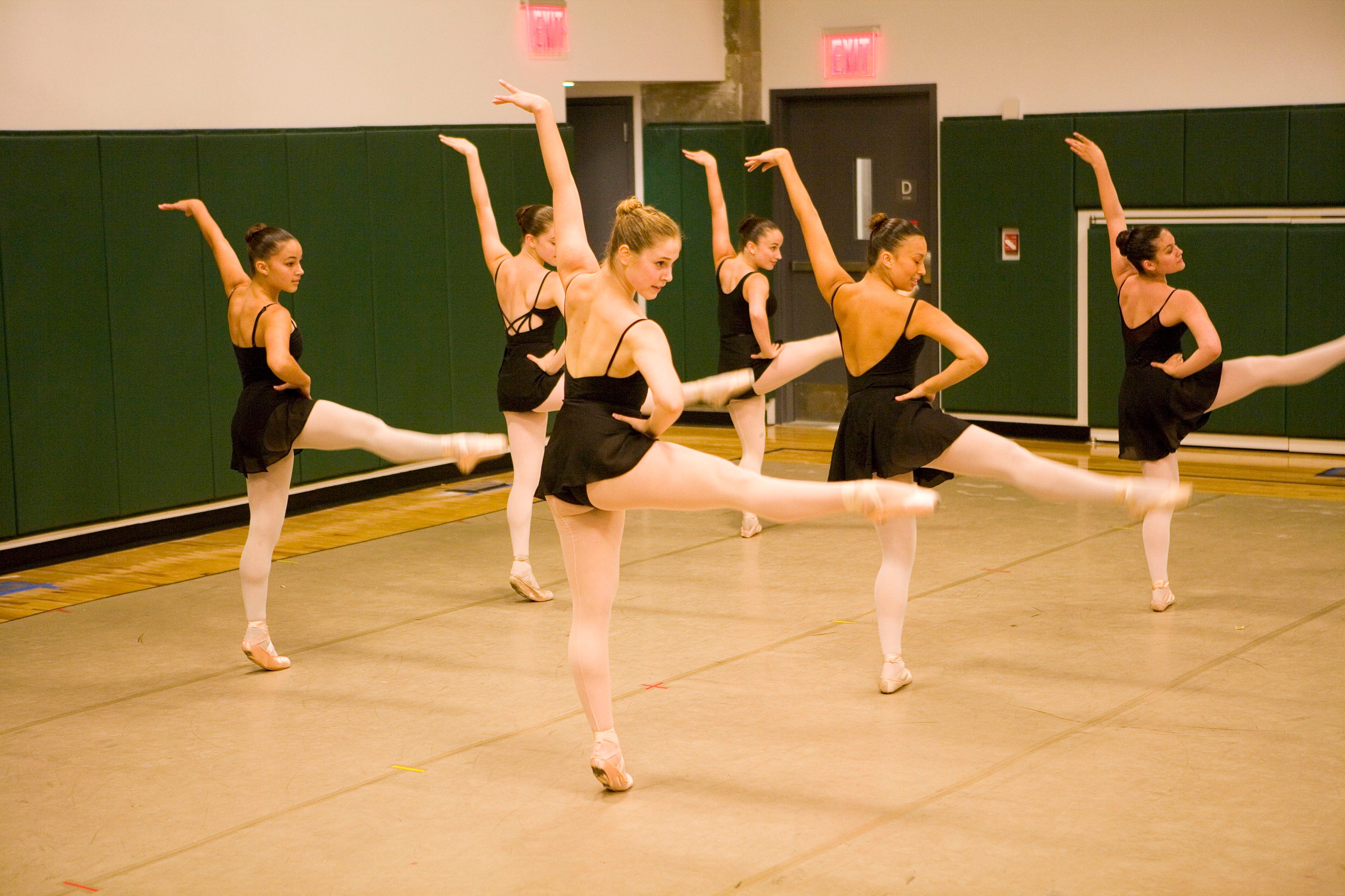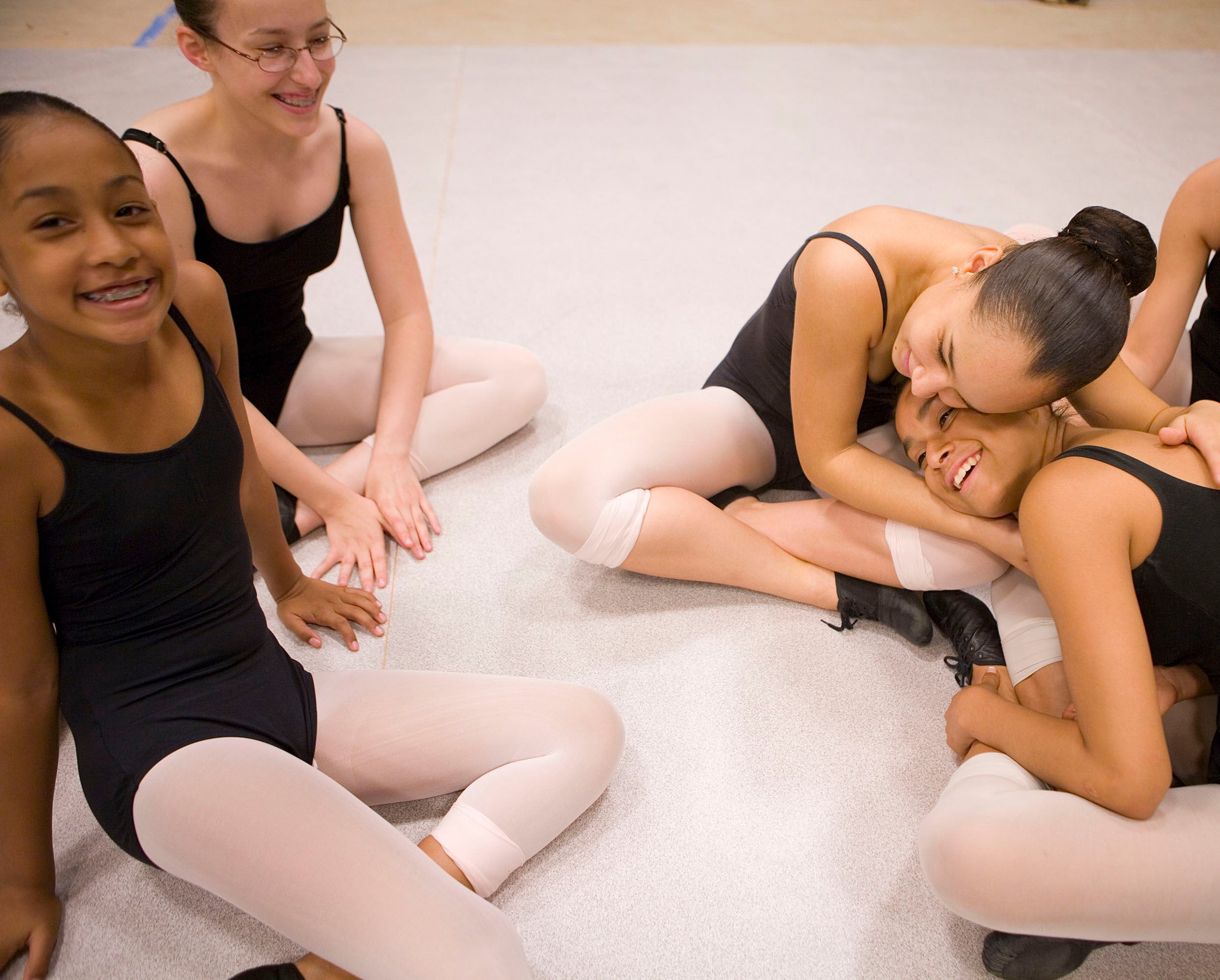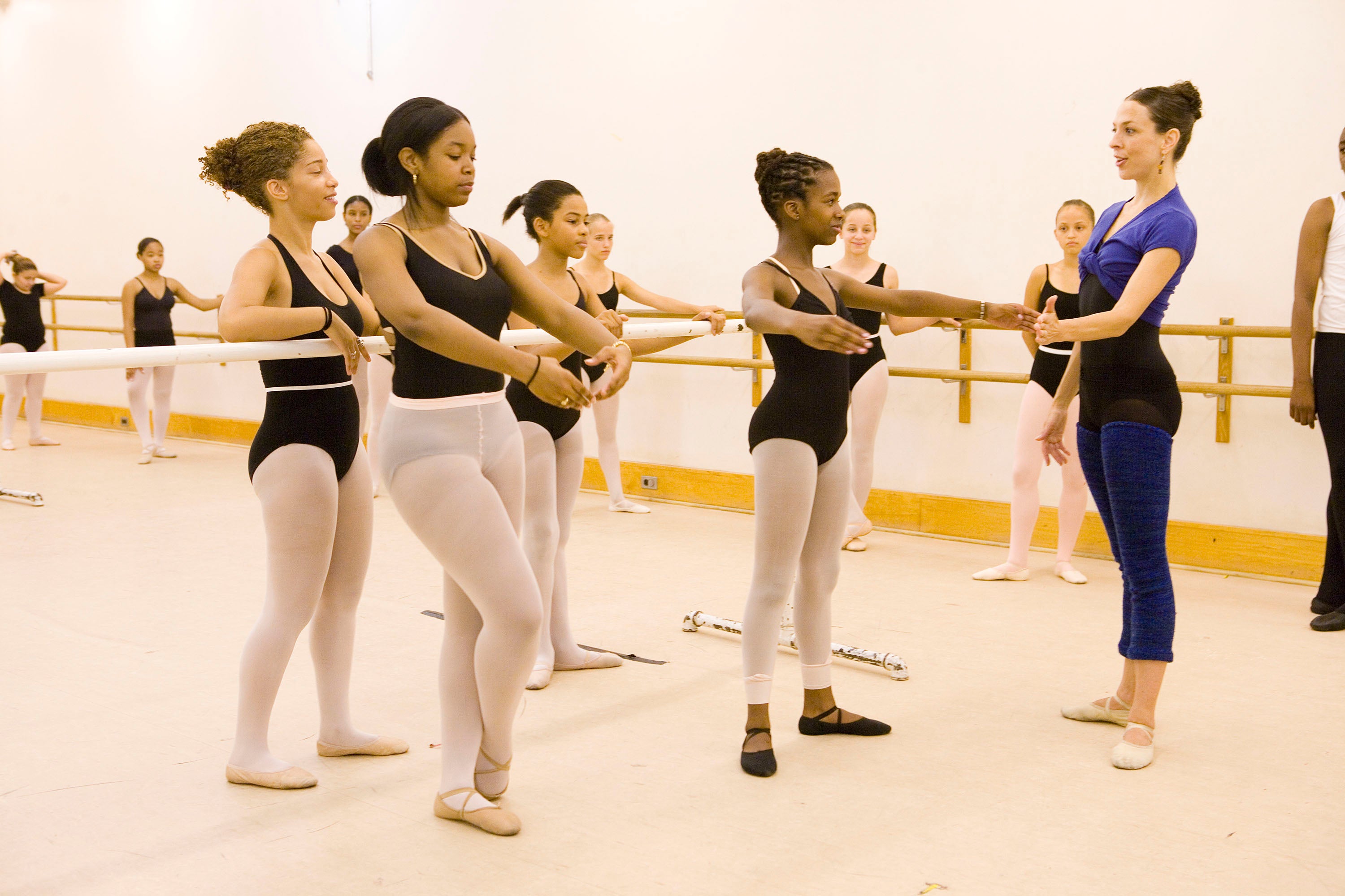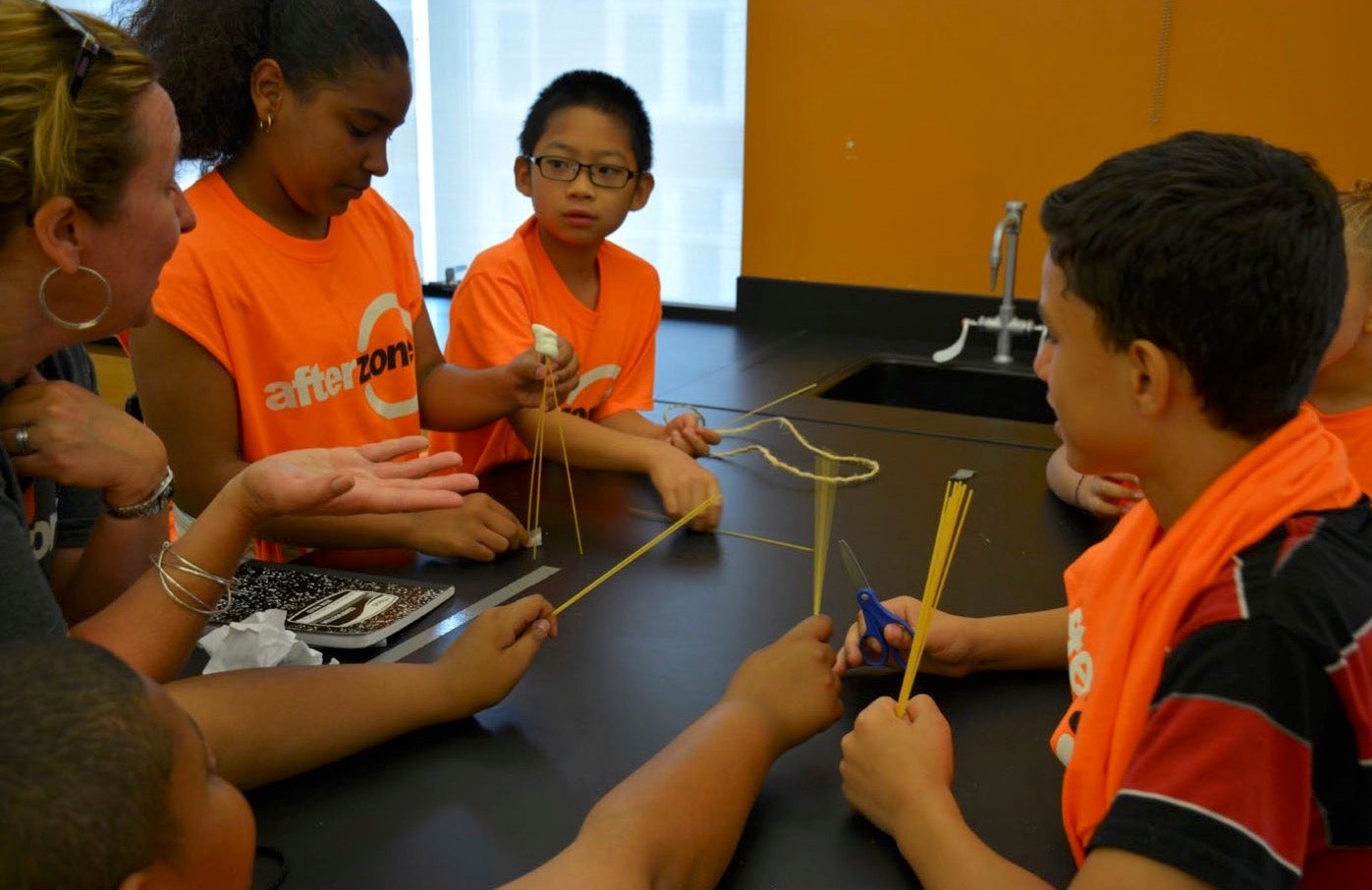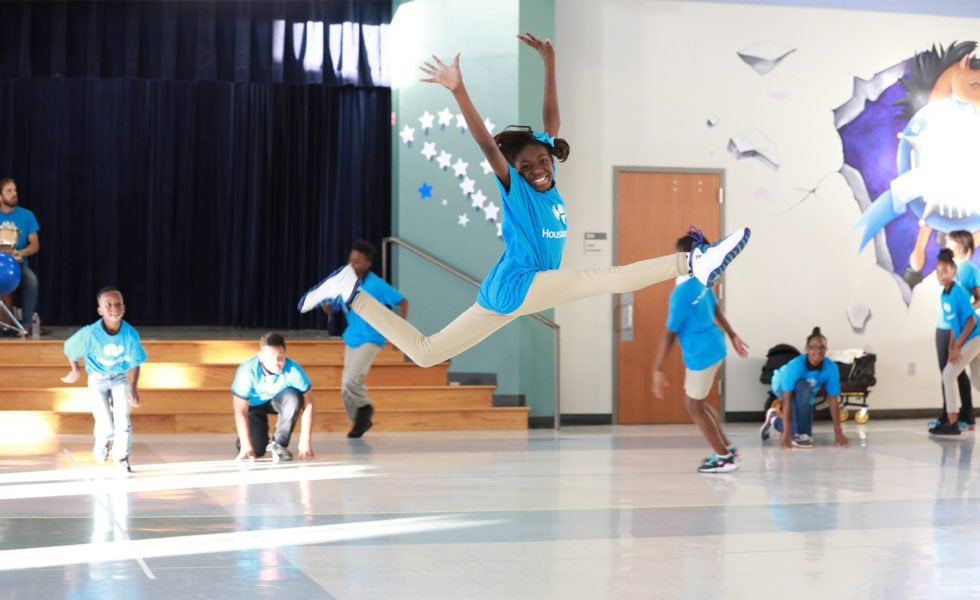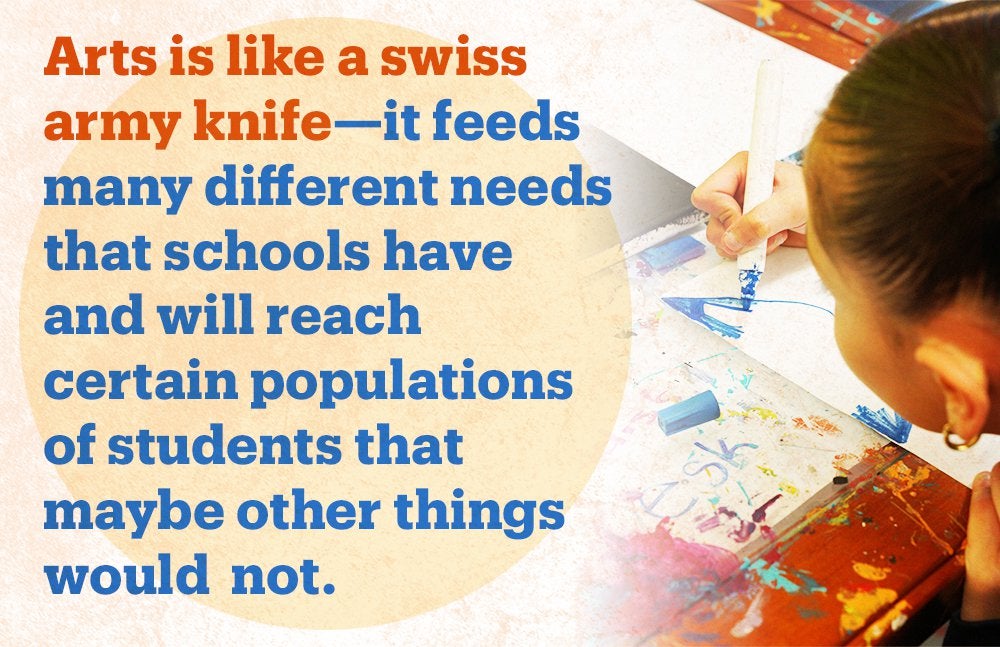What Do I Need to Know About Arts Education?
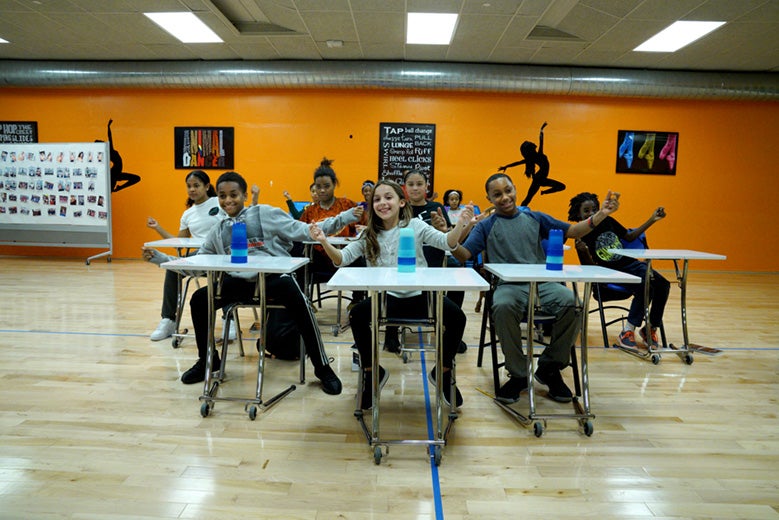
Key Takeaways
- Arts education is important for its own sake. But it also has other benefits. It can help children build empathy, forge social bonds, and improve behavior and cognition.
- Widespread arts education can nurture future artists and patrons of the arts. Children who take arts classes are more likely to support the arts when they grow up than children who do not.
- Despite the benefits, too few Americans get a meaningful arts education in school. U.S. expenditures on arts education have plummeted since the 1990s.
- Out-of-school arts programs are working to provide the arts education schools often lack. Research points to 10 principles, such as the use of professional equipment and dedicated spaces, that these programs share.
- A Wallace initiative suggests that large, youth-serving organizations could incorporate these principles, even if those organizations don't focus primarily on the arts. But organizations may have to adapt the principles to fit their specific contexts and cultures.
Why Arts Education Matters
An education in the arts can have benefits for young people well beyond a knowledge of the arts. It can help instill discipline, build empathy, develop critical thinking skills, and foster the ability to work with others. A study in Houston found that arts education can improve empathy, ambition, and behavior. Another in Boston found positive effects on attendance and engagement. Other research suggests that even one good experience can create measurable benefits for children.
The benefits of widespread arts education could even be self-sustaining. Wallace-funded research has found strong correlations between early arts education and adult arts involvement. This adult involvement could support thriving arts ecosystems, which could then provide more meaningful arts experiences for a new generation.
Despite the benefits, too few Americans get much education in the arts. U.S. expenditures on arts education have fallen from about $169 billion in 2001 to about $100 million in 2019, according to an unpublished analysis of data collected by the National Endowment for the Arts and the Commerce Department's Bureau of Economic Analysis. Out-of-school programs try to fill the gap. But such programs are typically voluntary. Students may not attend long enough to get much from them.
Cash-strapped schools cannot change this picture alone. Since the 1990s, Wallace has been supporting partnerships among schools, universities, nonprofits, cultural institutions, and others to help bring the benefits of the arts to all. In an early Wallace initiative, efforts in six cities sought to expand and enhance arts education by coordinating the services of arts institutions, schools, and others. The RAND Corp. concluded that these efforts were fragile but showed promise in making high-quality arts experiences available to more children.
Helping Youth-Serving Organizations Fill the Gap in Arts Education
Wallace-commissioned research identified 10 principles small, high-quality arts-education programs appear to share. Could larger organizations replicate these principles and bring a similar, high-quality arts education to large numbers of young people? Could an organization that offers many types of programs, from homework help to sports, make use of these principles? One Wallace initiative sought to find out.
The Ten Principles
Interviews with students, their families, youth development experts, and leaders of high-quality arts education programs suggest that successful programs rest on 10 principles.
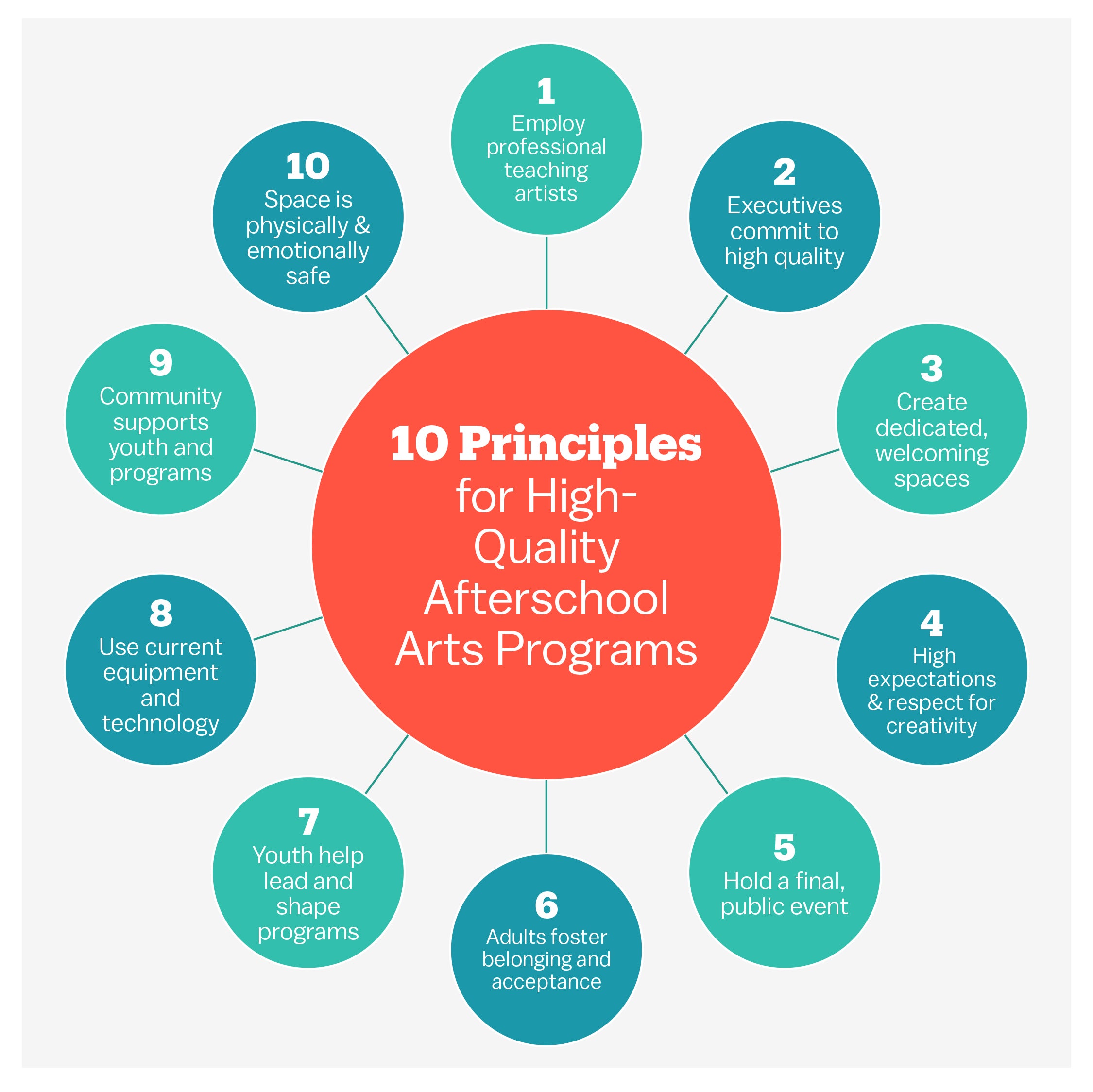
The initiative supported the Boys & Girls Clubs of America, a federation of 4,000 youth clubhouses that offer young people everything from sports to homework help to leadership development. Between 2014 and 2022, the Boys & Girls Clubs used this support to establish tween arts programs that incorporate the 10 principles of success found in smaller programs that focus just on the arts.
They focused first on six clubhouses in the Midwest. Two reports pointed to success. The first found that all six clubhouses incorporated all 10 principles of successful arts programs. The second found that tweens liked the new programs. The programs even helped increase participation in club activities unrelated to art.
How did the clubhouses institute these programs? Research points to a few elements that helped:
A focus on quality. The quality of the programs created chatter among club members. This chatter was a bigger draw than the posters and flyers advertising the new programs.
Adaptation to clubhouse conditions. Some principles clashed with existing clubhouse culture and practices. Clubhouses had to calibrate them to avoid disrupting regular programs.
Listening to young people. Clubhouses sought youth feedback as they designed their programs. It was so helpful that clubhouses started seeking feedback on other programs as well. The practice helped draw young people to activities beyond the new arts programs.
Support from the top. Local leaders had to explain to their staff why they were directing scarce resources to new programs. To do so, they needed support from national headquarters.
The work was successful, but it required more than $10 million in support from Wallace. We therefore began a second effort in 2017 to see if it's possible to trim those costs. Research suggests that it is, but it does take an investment of both time and resources. For cash-strapped organizations, three of the 10 principles for success are indispensable: teaching artists, welcoming spaces, and high-quality equipment.
Bringing High-Quality Arts Programs to More Young People
Expanding the View of Arts Education
The benefits of arts education do not end with contributions to cognitive, emotional, and sometimes academic skills. A meaningful arts education could also help young people connect to their communities and the world.
A 2023 study proposes a "connected arts learning framework" to help arts educators make those connections. This framework suggests that arts educators should consider:
- Building on students' interests
- Encouraging students to share their work and use it to explore relationships
- Promoting the arts as a means to create value for communities.
Five approaches could help educators design such a curriculum:
- Focusing on students' cultures and identities
- Preparing students for workforce and civic participation
- Using arts to strengthen connections with students' families and communities
- Using arts to meet students' social and emotional needs
- Encouraging students to speak up about matters that are important to them.
Digital Arts for a Digital Age
Arts programs should consider embracing digital technologies, according to one report. Young people consume digital media for more than seven hours a day. Well-designed arts programs could channel their media use to provide a multidisciplinary arts education. Such an education could help unleash students' creativity and build an appreciation for art. It could also help develop technical skills and instill ethics.
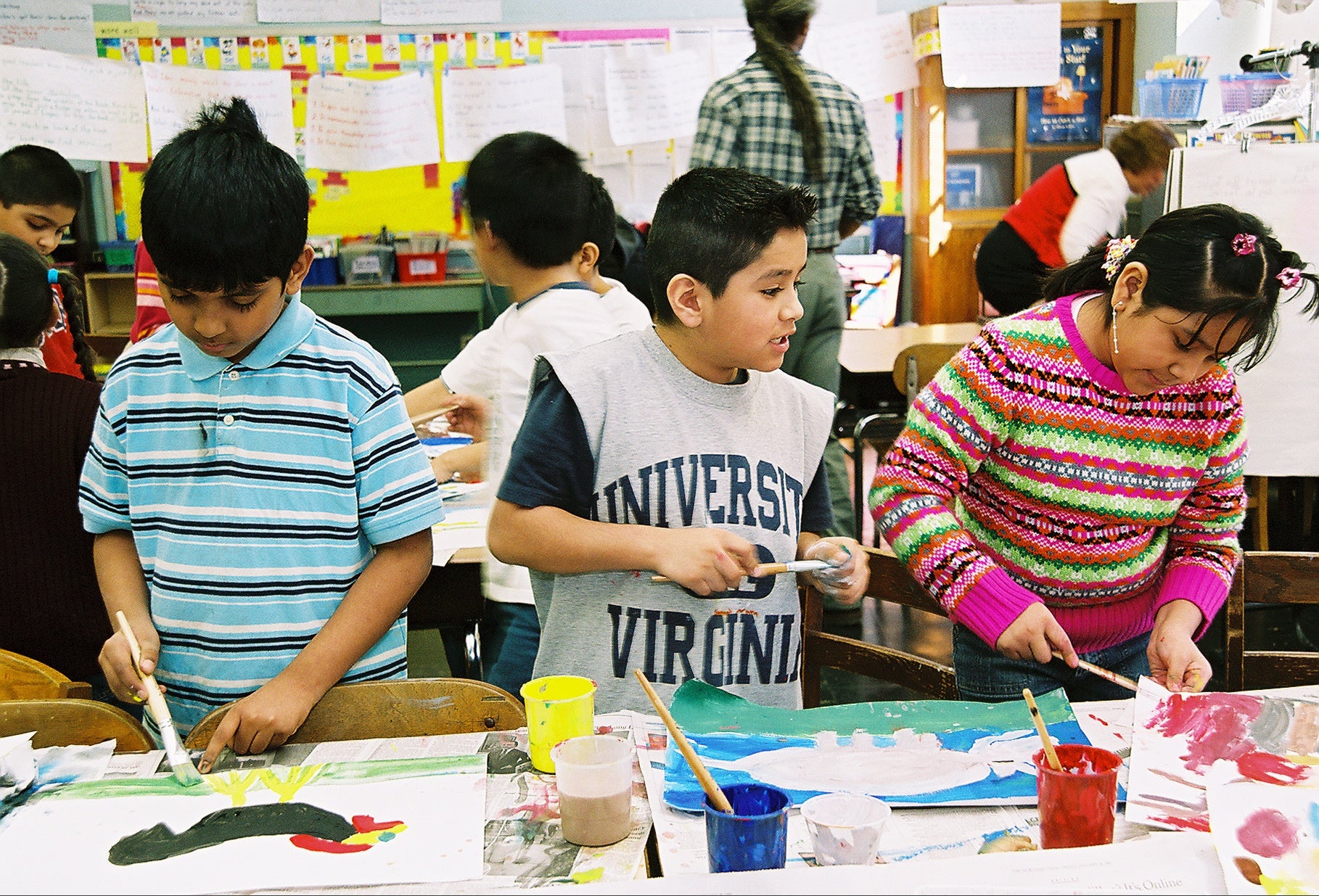
Featured Resources
